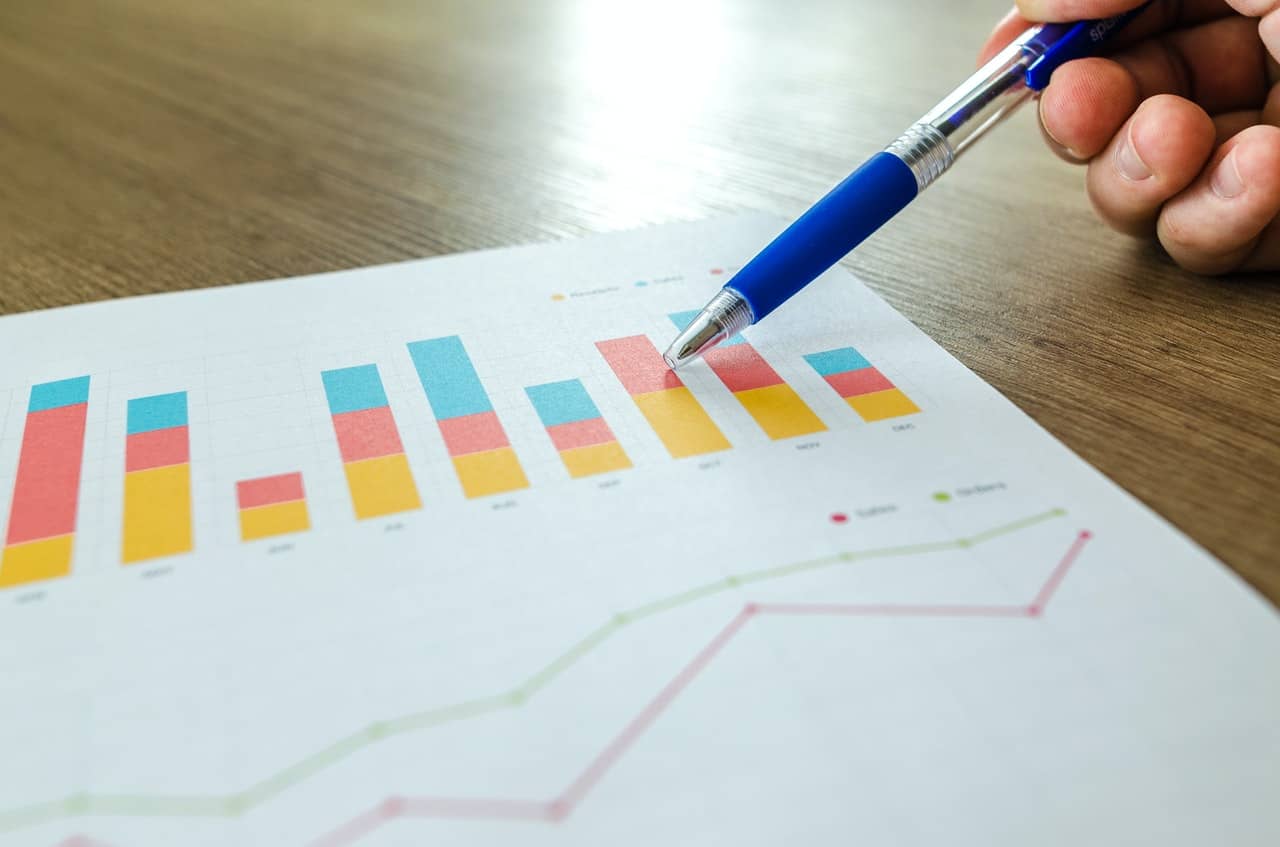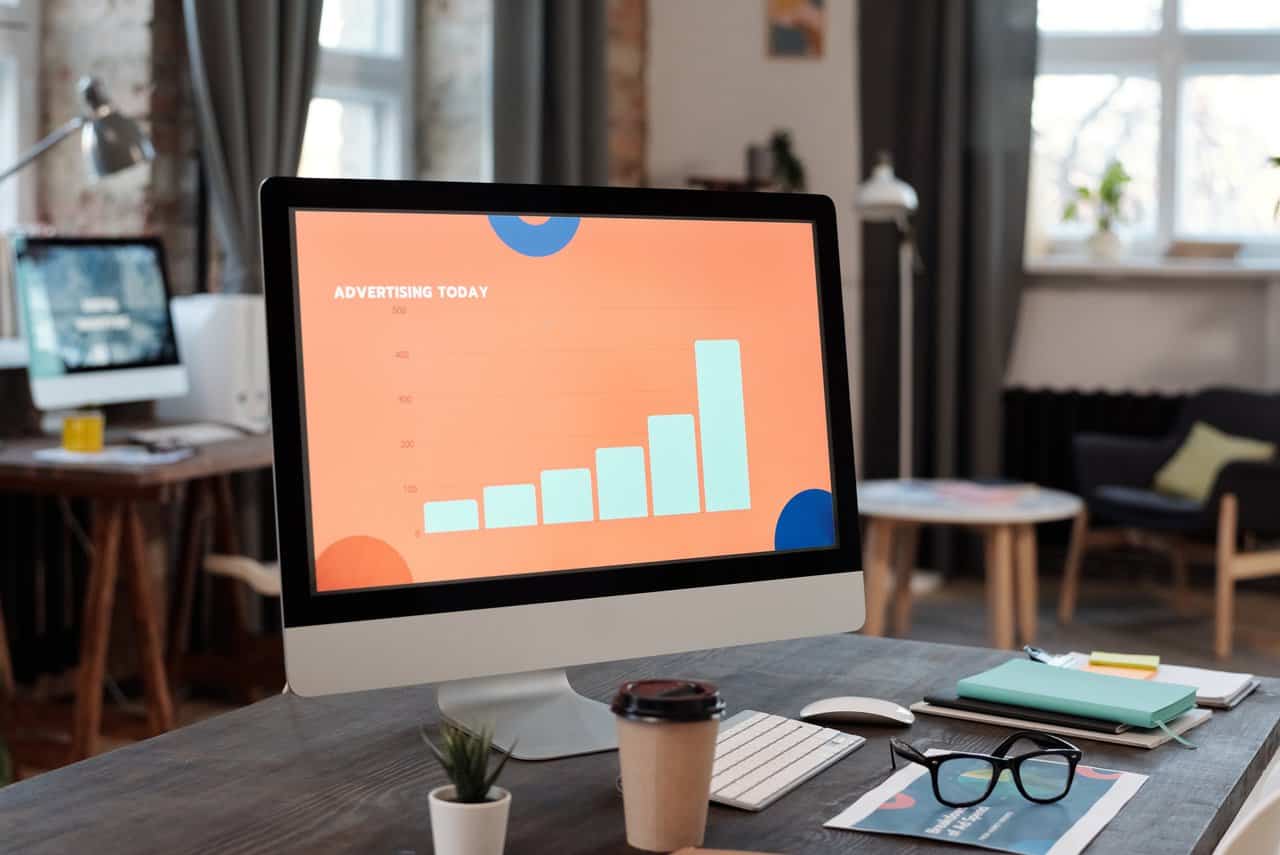In today’s digital era, businesses are inundated with data ranging from customer demographics and sales figures to website analytics. Companies continuously analyze this data to extract insights and make informed decisions. However, dealing with data can be overwhelming and intricate. This is where the significance of data visualization becomes apparent.
Data visualization simplifies complex information by converting data into representations, like charts, graphs, and infographics, enabling businesses to identify patterns, recognize trends, and facilitate effective decision-making. In this article, we will delve into the benefits of data visualization in navigating the data-driven landscape.

1. Enhanced Comprehension
Unlocking the power of data visualization enriches comprehension by presenting information in engaging formats that are easy to decipher. Rather than sifting through spreadsheets or reports teeming with rows and columns of numbers, business professionals can swiftly grasp crucial insights through visual depictions. Visual components such as colors, shapes, and sizes lend depth and significance to the information when presented interactively.
2. Improved Efficiency
Data visualization expedites the decision-making process by summarizing amounts of information into visual snapshots. When trends are clearly displayed on a dashboard or, in an infographic, executives no longer have to spend time sifting through reports or deciphering extensive numerical data on their own. With understanding visuals in front of them, decision-makers can quickly spot patterns and save time.
3. Improved Communication
Visual representations help teams communicate effectively by explaining ideas in a way that everyone can understand. Traditional reports may not be accessible to all team members due to differences in expertise or knowledge levels. However, with visuals that speak for themselves and require explanation. We cater to key stakeholders who may not be well-versed in technical details.
4. Deeper Understanding
Data visualization empowers businesses to dive deeper into their datasets than before. By exploring patterns, relationships, and connections between variables, companies can uncover insights that might otherwise remain hidden. Visual aids assist professionals in spotting anomalies, outliers, and trends effortlessly. A thorough grasp of these discoveries can drive innovation and enhance processes. Open up opportunities.
5. Improved Data Precision
Precision is crucial when it comes to making decisions based on data.. Working with data can sometimes introduce errors or inconsistencies. Visualizing data is essential for professionals to easily identify any errors or inconsistencies during analysis. Moreover, dynamic visualizations automatically update with data, reducing the risk of making decisions based on inaccurate information.
6. Enhanced Stakeholder Engagement
Data visualization plays a role in involving stakeholders from departments within an organization. By presenting appealing narratives behind the data, businesses can promote collaboration among teams. Encourage active participation in decision-making processes. Engaging visualizations capture attention. Inspire individuals to engage rather than passively consume static reports.
7. Data-Driven Decision Making
One of the advantages of data visualization is its ability to translate large amounts of information into actionable insights that guide effective decision-making. Designed visualizations highlight indicators and markers that help companies strategically allocate resources for maximum impact. By offering a view of opportunities and challenges, companies equipped with data-driven insights have an edge in today’s challenging business environment.
8. Competitive Edge
Data visualization empowers businesses to gain an edge by extracting insights and making informed decisions ahead of their rivals. Companies must adapt quickly to changing market trends and customer preferences in today’s evolving business environment filled with a large amount of data. By visualizing data in time or when needed, businesses can spot emerging patterns, predict disruptions, and proactively address market needs. Data visualization equips companies with the insights to outperform their competitors and make choices that lead to success.

Wrapping Up
To sum up, data visualization serves as a tool for businesses to fully leverage their data resources. By presenting data in appealing and easily comprehensible formats, data visualization promotes understanding, boosts productivity, and facilitates effective communication. Through representations of data, businesses can delve deeper into their datasets, uncover patterns and connections, and make well-informed decisions. It also ensures data precision by enabling professionals to detect errors or inconsistencies during the analysis phase.
Moreover, data visualization engages stakeholders across departments and encourages active involvement in decision-making processes. The visual narrative behind the data captures attention and promotes collaboration among teams.
